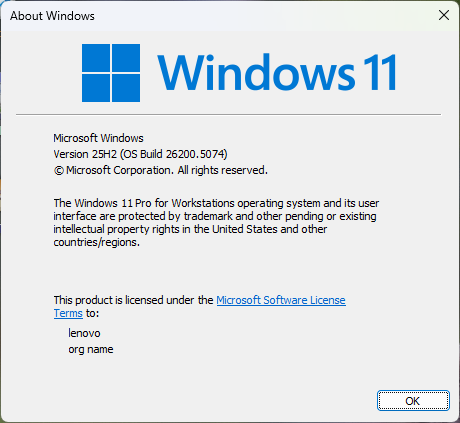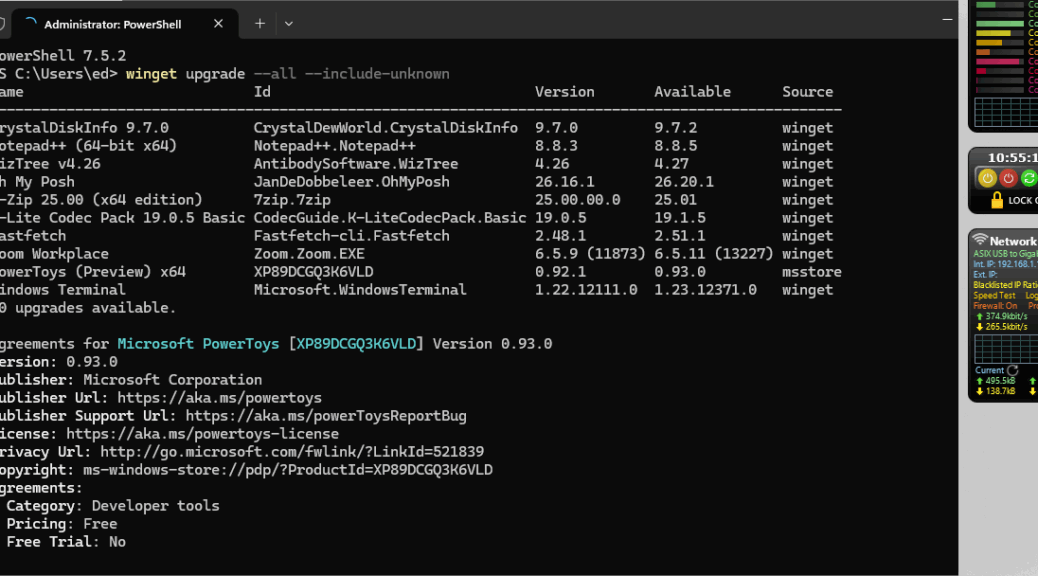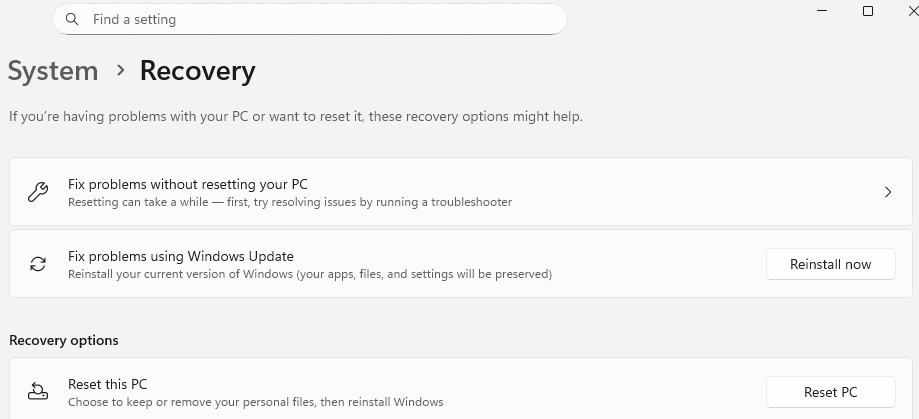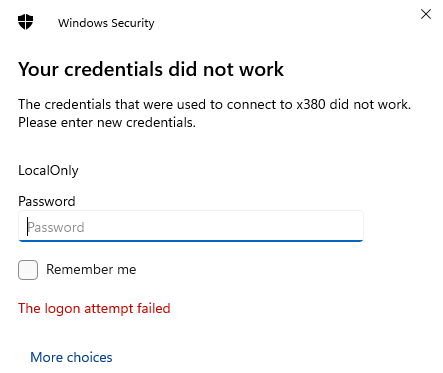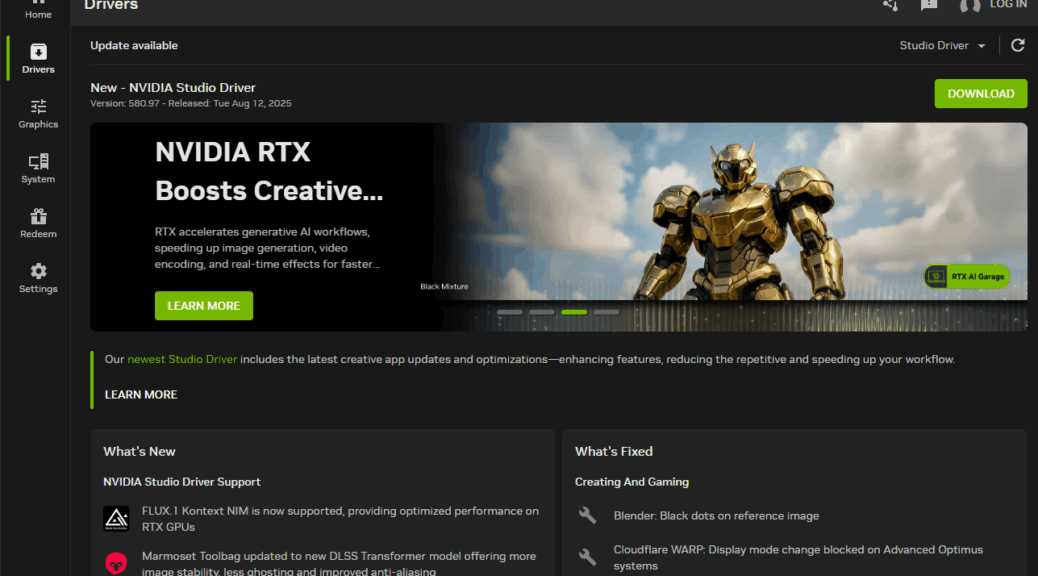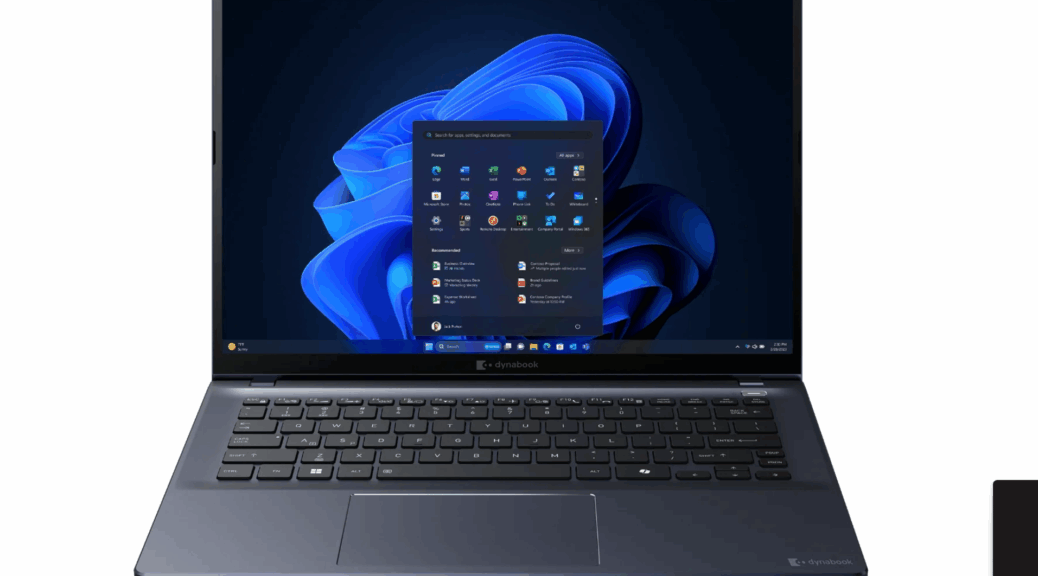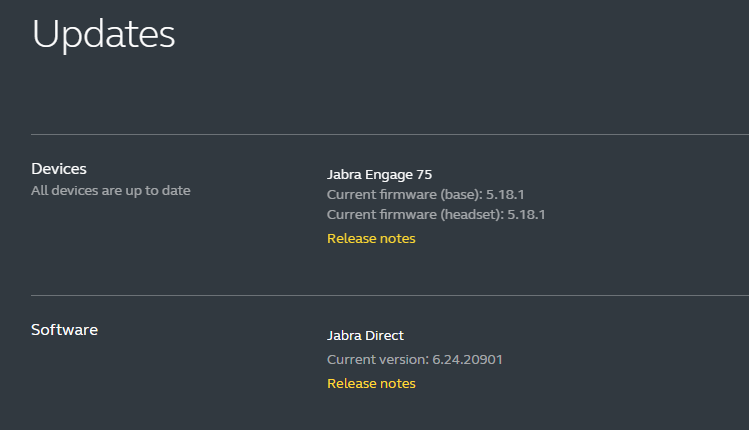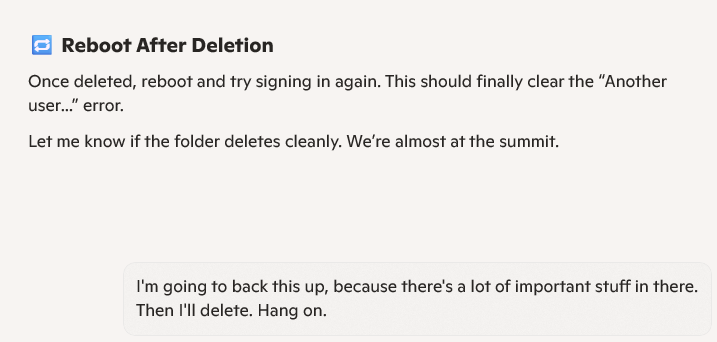I’m working with a Lenovo Copilot+ PC review unit these days: it’s a snazzy Yoga All-in-One AIO9i. It comes equipped with an Intel Core Ultra 7 258V (8 cores: 4 each P-cores and E-cores/8 threads), integrated Intel Arc 140V GPU, 32 GB LPDDRx-8533, Hynix OEM PCIe x4 NVMe SSD, and more. It also has Windows 11 Pro for Workstations installed. I’m not sure what makes this PC so fast, but 25H2 enablement blazes on Lenovo AIO9i.
Details: 25H2 Enablement Blazes on Lenovo AIO9i
How fast? The whole process, after opting into the Release Preview channel on the Insider program, took under three minutes to complete. That means:
- Downloading the enablement package (under 30 seconds)
- Running the GUI-based portion of the update (under 30 seconds)
- Reboot and post-GUI update handling (under 40 seconds)
- Resume desktop through lock screen and login (under 10 seconds)
There are lots of reasons why this is so fast. For one. the enablement package itself is svelte (under 1MB in size). That’s because MS has already included most of the code in earlier updates, and the enablement package — as the name indicates — simply turns such stuff on. As Copilot puts it, earlier “monthly cumulative updates (LCUs) have quietly staged the new features in a dormant state.” It continues: “The enablement package simply flips the feature flags — no need to download or install new core components.”
Other contributing factors to speed:
- No drive revalidation, no app compatibility scans, no migration of user profiles
- As the preceding bulleted list observes, this process requires only one update to complete
- No rollback staging or recovery partition updates are included, to reduce disk I/O and system prep times
Indeed, inspection of $WinDrive (C:) shows no Windows.old partition, as one might usually find after a version uplift. Likewise, Disk Cleanup finds only 1.53 GB of files to clean up in the upgrade’s wake. That’s much less than the more typical 25-30GB on production Windows 11 systems here at Chez Tittel when transitioning from 23H2 to 24H2, for example.
Wow: Just Wow!
I’m not sure that Windows for Workstations made any difference here, either. Despite this version in place, it doesn’t use advanced features — e.g. ECC RAM and ReFS — that might speed things up. I think this is just one very lean, mean and fast enablement package. It’s worth enrolling a test PC in the Insider Program, Release Preview Channel just to check it out for yourself. Speedy!
